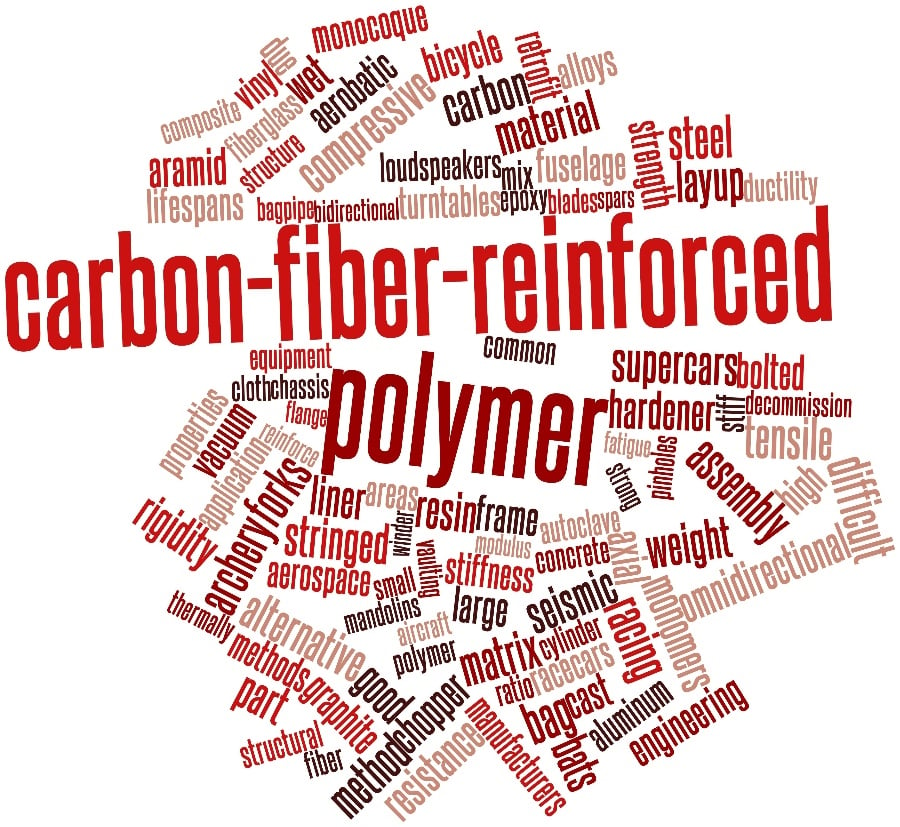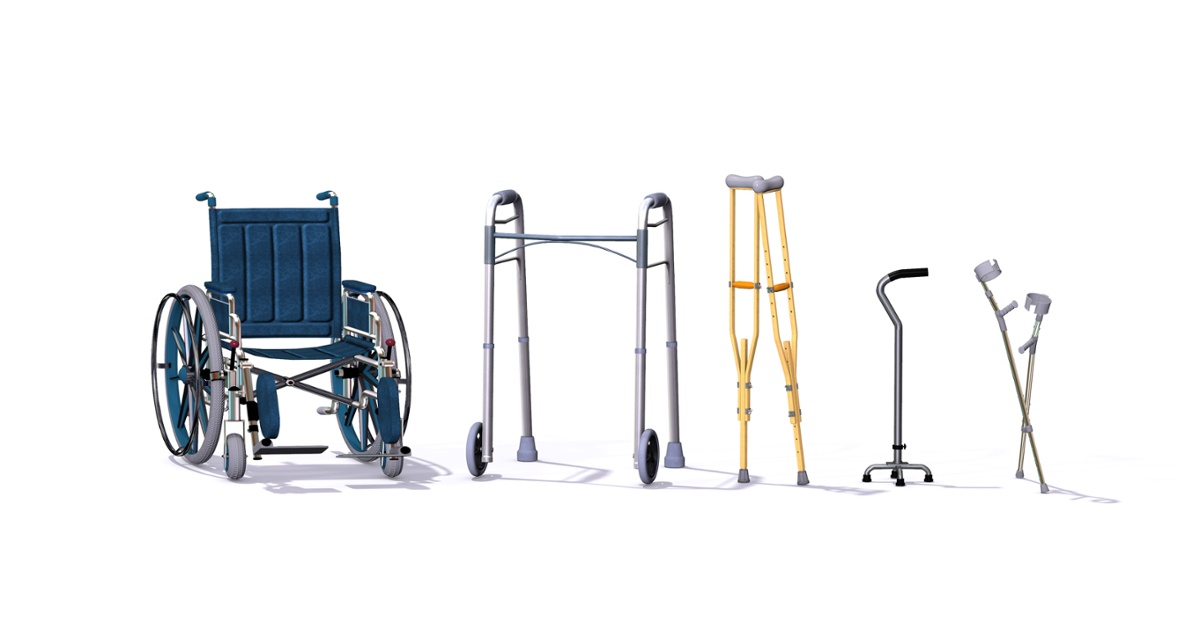
In an era where efficiency and cost-effectiveness are the twin engines driving the manufacturing industry, Design for Manufacturing (DFM) has emerged as a key strategy to optimize both. The concept of DFM isn't new, but its relevance has been magnified by the increasing complexity of products and the relentless demand for higher quality and lower costs.
At its core, DFM is the practice of designing products with production in mind, aiming to minimize difficulties and expenses associated with manufacturing processes. This involves a holistic approach, integrating design and manufacturing functions from the early stages of product development.
Understanding Design for Manufacturing (DFM)
What is Design for Manufacturing?
Design for Manufacturing refers to the practice of designing products in a way that optimizes their manufacturability. The primary goal is to minimize production costs, reduce complexity, and ensure product reliability while adhering to quality standards. This involves making decisions in the design phase that will simplify the production process, like choosing readily available materials, reducing the number of parts, and considering ease of assembly.
The Evolution of DFM Practices
DFM practices have evolved over the years to keep pace with advancements in manufacturing technologies and processes. In its early stages, DFM was primarily concerned with reducing the number of parts in a product and simplifying assembly processes. However, as manufacturing technologies became more complex and diverse, DFM practices expanded to consider a wide range of factors including material selection, manufacturing processes, tooling, and labor requirements, as well as environmental and end-of-life considerations. This evolution has resulted in a more holistic and integrated approach to product design and manufacturing.
Key Principles and Methodologies in DFM
There are several key principles and methodologies commonly used in DFM:
- Simplify the design: Reduce the number of parts and keep the design as simple as possible without compromising the product's functionality.
- Standardize components: Use common and readily available components to reduce costs and lead times.
- Design for ease of fabrication: Consider the capabilities and limitations of the manufacturing processes while designing the product.
- Design for assembly: Make sure that the product can be easily assembled with minimal effort and time.
- Design for quality: Ensure that the design allows for consistent manufacturing and assembly quality.
The methodologies used in DFM often involve cross-functional teams that work together from the initial stages of product design. This ensures that all aspects of manufacturability are considered early in the design process.
Understanding the Role of DFM in Product Development
DFM plays a crucial role in the product development process. By considering manufacturability from the initial stages of design, companies can significantly reduce production costs, improve product quality, and shorten time to market. DFM also helps in identifying potential manufacturing issues early in the design process, allowing for timely modifications and improvements. Furthermore, it fosters better communication and collaboration between design and manufacturing teams, leading to more efficient and effective product development processes.
The Relationship between Design and Manufacturing
The Impact of Design on Manufacturing Processes
Design has a significant impact on manufacturing processes. Poorly designed products can be difficult or expensive to manufacture, increasing production costs and reducing profitability. For example, a product that requires specialized tooling or custom components will be more expensive to produce than a product that uses standard components and tooling.
Another way that design impacts manufacturing is through production time. A well-designed product can be manufactured quickly and efficiently, while a poorly designed product may require additional steps or processes, leading to longer production times.
Finally, design also plays a role in the quality of the product. A product that is designed with manufacturing in mind will be easier to assemble and more reliable, leading to higher quality and fewer returns.
The Role of DFM in Bridging the Gap Between Design and Manufacturing
DFM is the process of designing a product with manufacturing in mind. It involves analyzing the design for manufacturability, identifying potential manufacturing issues, and making changes to the design to improve manufacturability. DFM best practices help to reduce production costs, improve the quality of the product, and shorten lead times.
DFM is essential for bridging the gap between design and manufacturing. By designing a product with manufacturing in mind, designers can ensure that the product is easy to manufacture, reducing production costs and improving quality. DFM also allows designers to work closely with manufacturing teams, ensuring that the product is designed in a way that makes it easy to manufacture.
Importance of Communication and Collaboration Between Design and Manufacturing Teams
Effective communication and collaboration between design and manufacturing teams are crucial for successful product development. By working together, designers and manufacturing teams can identify potential manufacturing issues early in the design process, reducing the likelihood of costly redesigns later on.
Collaboration also helps to ensure that the product is designed with manufacturing in mind. By involving manufacturing teams in the design process, designers can gain valuable insights into the manufacturing process, allowing them to design products that are easy to manufacture.
Effective communication and collaboration also help to ensure that the final product meets the requirements of both the design and manufacturing teams. By working together, designers and manufacturing teams can identify potential issues and make changes to the design to ensure that the final product is both high-quality and easy to manufacture.
Best Practices in Design for Manufacturing
Early Involvement in Design Process
Early Engagement of Manufacturing Teams
It's crucial to involve manufacturing teams from the early stages of the design process. This ensures that the design is feasible and cost-effective from a manufacturing perspective. Early collaboration between design and manufacturing teams can help identify potential manufacturing issues and allow for design modifications before the production phase.
Benefits of Early Collaboration
Early collaboration can significantly reduce production costs and lead times. It can also improve product quality and reliability by ensuring that the product is designed with manufacturing best practices in mind. Moreover, early collaboration fosters better communication and understanding between design and manufacturing teams, leading to more efficient and effective product development processes.
Simplification and Standardization of Design
Reduction of Complexity
One of the key principles of DFM is simplifying the design. This involves reducing the number of parts, eliminating unnecessary features, and designing parts to be multi-functional. Simplified designs are easier and less expensive to manufacture and assemble.
Utilization of Standard Components
Utilizing standard components wherever possible can also significantly reduce manufacturing costs and lead times. Standard components are readily available and often cheaper than custom parts. They also allow for easier replacement during the product's maintenance and repair.
Design for Assembly (DFA)
Understanding DFA
Design for Assembly (DFA) is a key aspect of DFM. DFA involves designing products in such a way that they are easy to assemble. This can be achieved by reducing the number of parts, designing parts that are easy to handle and install, and minimizing the need for complex assembly tools and procedures.
DFA Methodologies and Their Benefits
Common DFA methodologies include the use of modular design, minimizing part count, and ensuring easy part orientation. These methodologies not only reduce assembly time and cost but also improve the quality and reliability of the assembled product.
Design for Quality
Ensuring that the product is reliable and durable is another critical aspect of DFM. This can be achieved by selecting high-quality materials, using robust design principles, and considering the product's expected operating conditions during the design phase.
Designing for maintainability involves considering the ease of maintenance and repair during the design phase. This can include designing products that are easy to disassemble and reassemble, using standard components that are easy to replace, and providing easy access to parts that require regular maintenance.
Use of DFM Analysis Tools
There are various software and tools available that can aid in DFM analysis. These tools can evaluate a design's manufacturability, identify potential manufacturing issues, and suggest design improvements. Some examples include DFMPro, Boothroyd Dewhurst, and Autodesk's DFM tools.
Using DFM analysis tools can help identify potential manufacturing issues early in the design phase, allowing for timely design modifications. This can significantly reduce production costs and lead times, as well as improve product quality and reliability.
Overcoming Challenges in Implementing DFM
Common Obstacles in DFM Implementation
One of the most significant obstacles to DFM implementation is resistance to change. Implementing DFM requires a shift in mindset from designing products based solely on form and function to designing products with manufacturing in mind. This can be a significant change for design teams, who may be used to working independently of manufacturing teams.
Another obstacle to DFM implementation is the lack of communication and collaboration between design and manufacturing teams. This can lead to designs that are difficult or expensive to manufacture, increasing production costs and reducing profitability.
Finally, a lack of resources, including time and budget, can also be an obstacle to DFM implementation. Designing products with manufacturing in mind requires additional time and resources, which may not be available in all companies.
Strategies for Overcoming DFM Challenges
To overcome these challenges, companies can implement several strategies. One strategy is to educate design teams about the benefits of DFM and the importance of designing products with manufacturing in mind. This can help to shift the mindset of design teams and reduce resistance to change.
Another strategy is to encourage communication and collaboration between design and manufacturing teams. This can be done by involving manufacturing teams in the design process from the beginning, allowing them to provide input and identify potential manufacturing issues early on.
To overcome resource constraints, companies can prioritize DFM implementation by allocating additional time and budget to the design process. This can help to ensure that products are designed with manufacturing in mind, reducing production costs and improving overall quality.
The Role of Organizational Culture and Leadership in Successful DFM Implementation
Organizational culture and leadership play a crucial role in the successful implementation of DFM. Companies with a culture that values collaboration and continuous improvement are more likely to implement DFM successfully.
Leadership also plays a critical role in DFM implementation. Leaders who prioritize DFM and allocate the necessary resources to the process are more likely to see positive results. Additionally, leaders who encourage communication and collaboration between design and manufacturing teams can help to break down silos and promote a culture of teamwork.
Design for Manufacturing is not merely an approach but a transformative philosophy that integrates the spheres of design and production, shaping them into a unified whole. By incorporating DFM best practices, businesses can anticipate and address potential manufacturing challenges during the product design phase, rather than reacting to them during production. This leads to significant cost savings, improved product quality, and shorter time to market.
Role of Suppliers in Design for Manufacturing
In Design for Manufacturing, suppliers also play a crucial role, as they have expertise and deep knowledge about their specific processes and materials. Suppliers, such as Tencom and others, not only provide the necessary materials or components but can also contribute valuable insights and guidance when it comes to design considerations for those parts.
Leveraging Supplier Expertise
Suppliers have a wealth of experience and understanding of their materials and manufacturing processes. This experience can be invaluable when designing a new product. They are well-positioned to provide recommendations on the most appropriate materials and design features to use based on the intended function of the product, the manufacturing process, cost implications, and the product's end-of-life requirements.
Engaging suppliers early in the design process can significantly enhance the outcomes of DFM. They can provide unique insights into material selection, part design, and manufacturability that might not be apparent without their specific knowledge. For instance, a supplier, such as Tencom, might suggest alternative materials that perform equally well but are easier to handle in the manufacturing process, or they could recommend design adjustments that can make assembly more straightforward without compromising functionality.
In this sense, suppliers can become strategic partners, filling in the gaps and helping design teams make informed decisions that lead to more effective and efficient production processes.
Collaboration with Suppliers
Collaboration with suppliers should be a two-way street. On one hand, design and manufacturing teams need to communicate their requirements, constraints, and goals to the supplier clearly. On the other hand, suppliers should be proactive in sharing their expertise and offering constructive feedback on the proposed designs.
In cases where customization is required, suppliers can often provide solutions that suit both the design needs and the manufacturing constraints. By working closely with suppliers, businesses can leverage their knowledge to optimize designs for manufacturing, resulting in better quality products, reduced costs, and faster time-to-market.
Ultimately, DFM is a collaborative effort that benefits significantly from the expertise of all involved parties. By recognizing and leveraging the insights of suppliers, businesses can make DFM a more effective strategy, improving their overall product development process.















